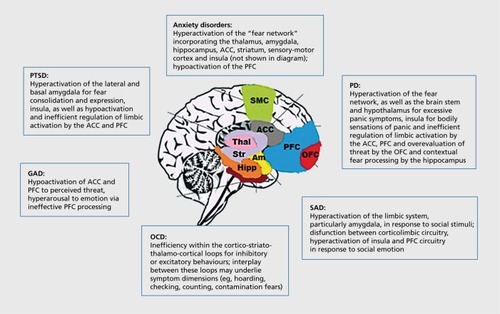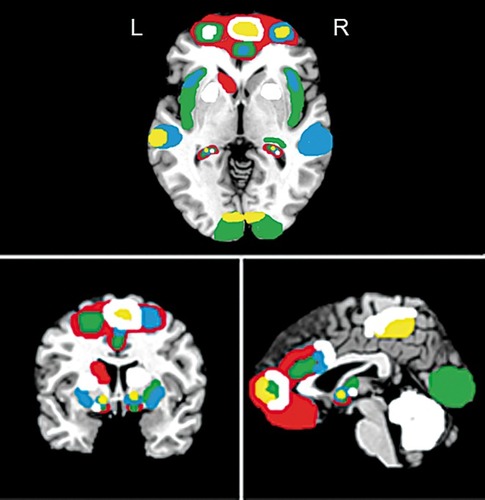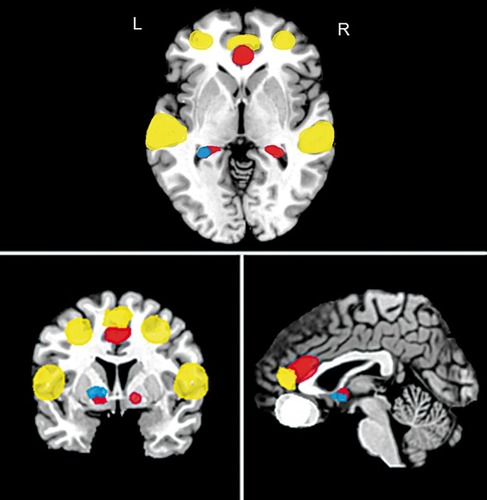Figures & data
Table I FMRI studies of the neural correlates of cognitive behavioral therapy (CBT) in anxiety and related disorders. RCT, randomized controlled trial; PTSD, post-traumatic stress disorder; GAD, generalized anxiaety disorder; OFC, orbitofrontal cortex; VLPFC, ventrolateral prefrontal cortex



